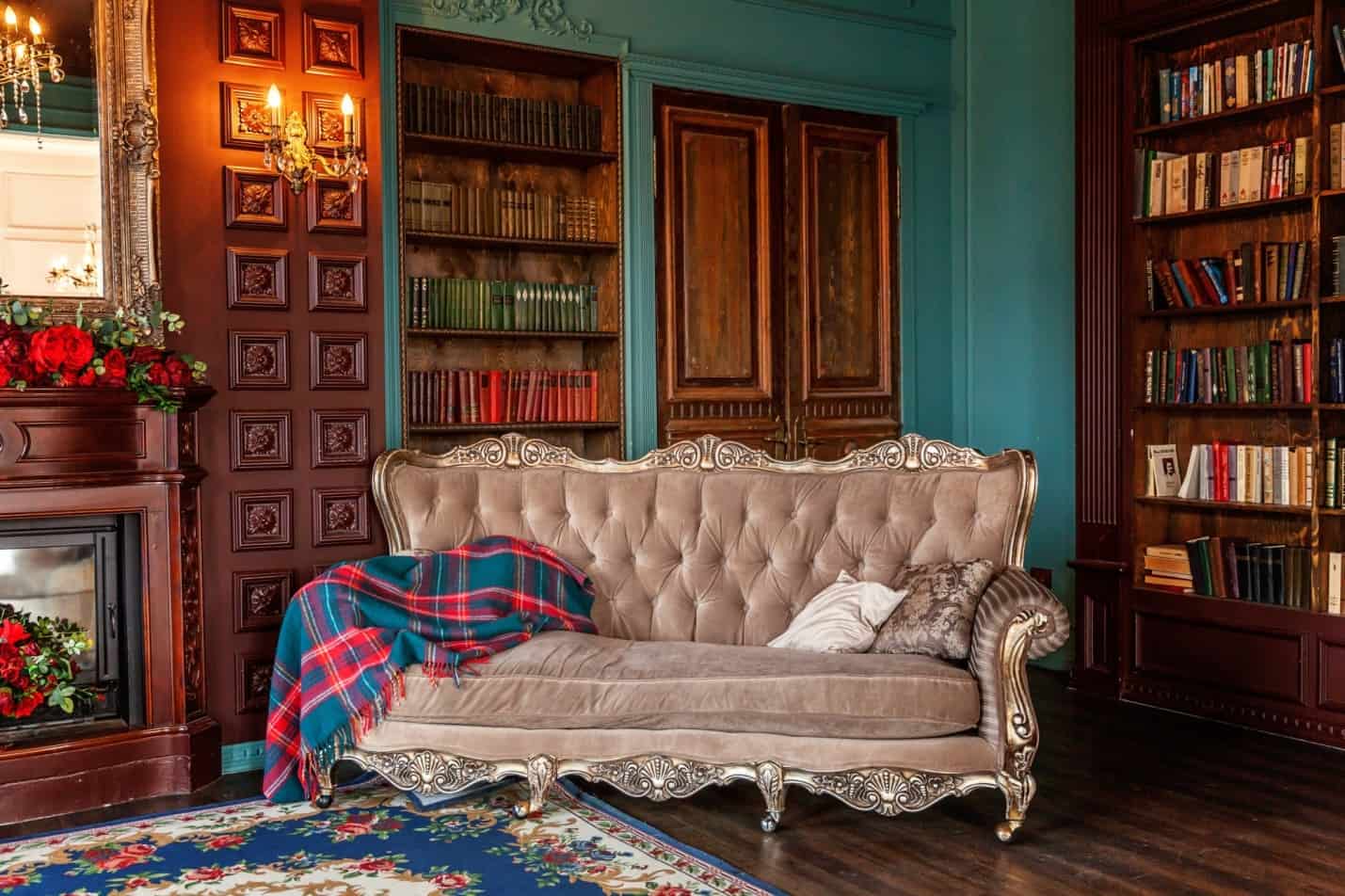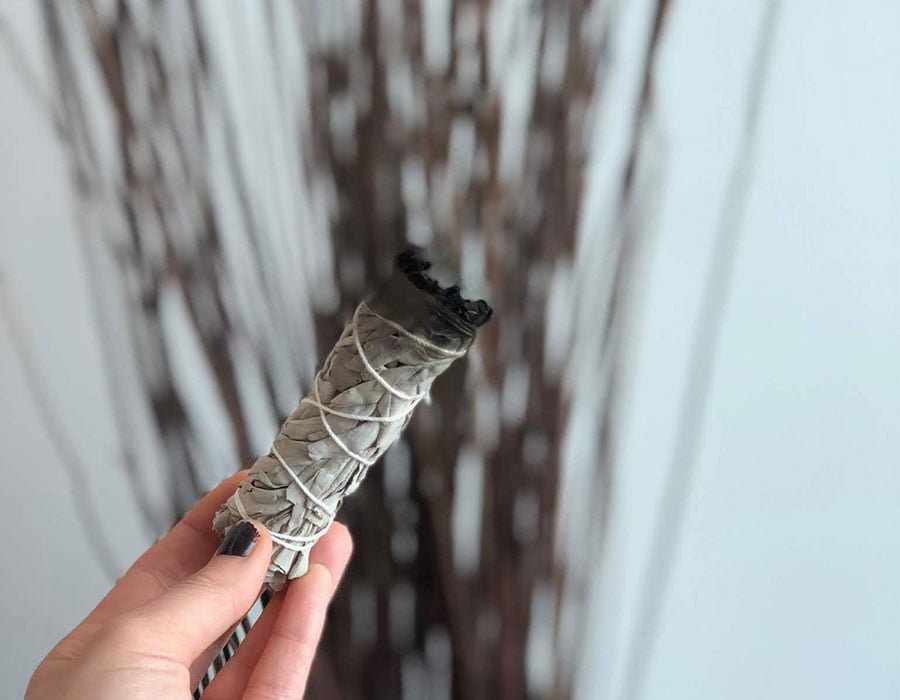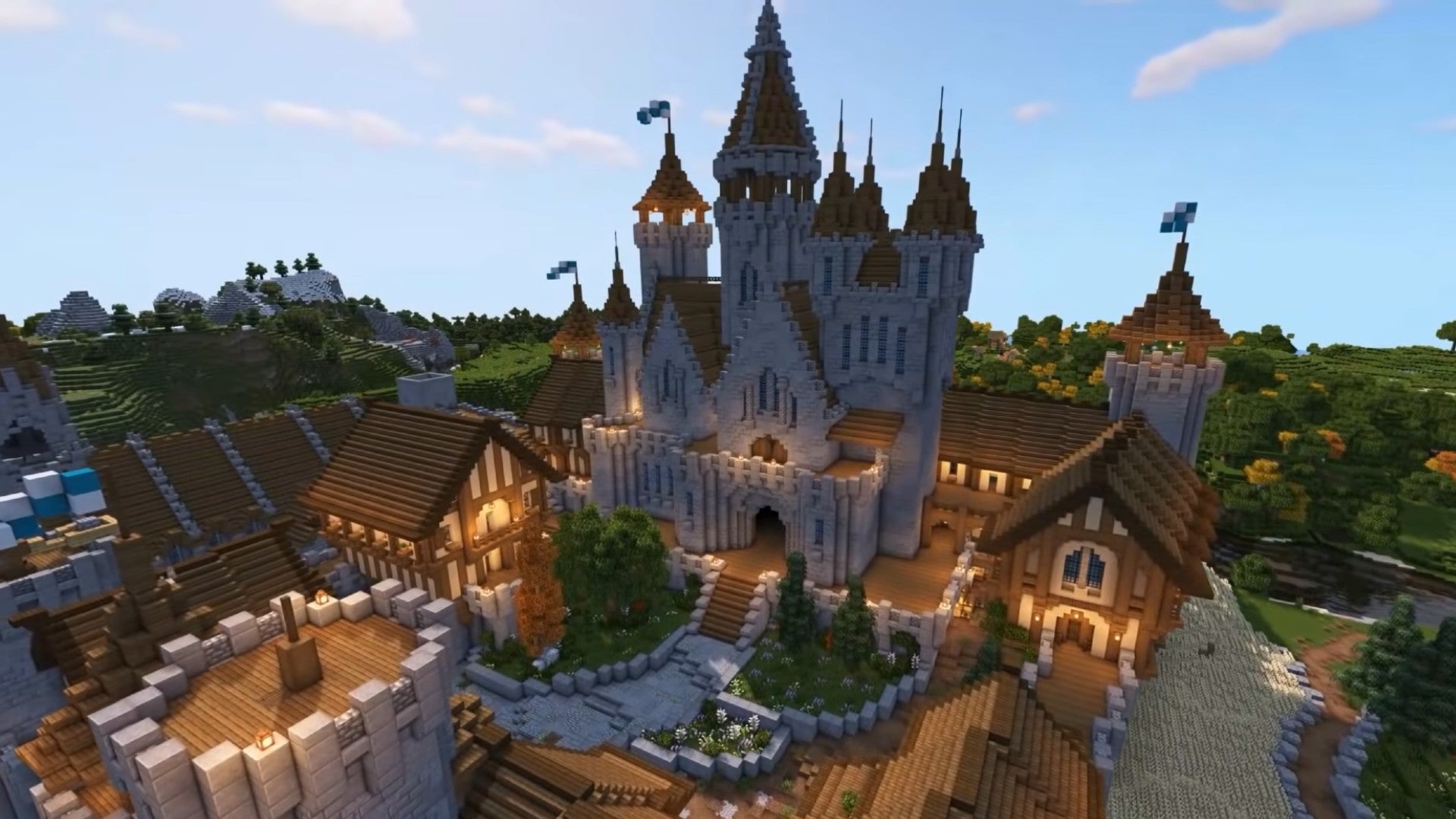Table Of Content
In Victorian times, population growth, and the Industrial Revolution which saw a migration of workers from the countryside to the cities, resulted in successive housing booms in the 1850s and 1870s that saw the creation of millions of houses. These catered not only for the rich and the new "middling-classes" but also for the poor. San Francisco is revered for its pastel-colored Victorian town houses, like the famous Painted Ladies. The historic district of Louisville, Kentucky, is known for its high concentration of well-preserved Victorian mansions.
North America
Stone, tile, and wood added tactile variety, while extensive ornamental trim created visual richness. Drawing from multiple historical eras, Victorian architecture freely blended Gothic, Italianate, Tudor, and other revival styles. New mass production methods enabled affordable, abundant decorative components.
Why did Victorian homes surge in popularity?
These homes typically include fewer decorative details, such as simplified spindles on a wraparound porch, as well as the asymmetry apparent in more elaborate homes. Although Victorian houses come in various styles, most are defined by elaborate ornamental details. Italianate Victorian houses like this brick home were modeled after Italian Renaissance villas. This style is typically limited to two stories and a boxier shape but often features the decorative brackets, lace-like detailing, and intricate trimwork of other Victorian styles. The arrival of central heating systems and decorative cast iron radiators also transformed interiors. Wood remained essential but steam-powered sawmills enabled cheaper sawn timber.
Eagle Rock Queen Anne
Robust but lighthearted exteriors—with their asymmetrical facades, towers, verandas, and fancy-butt shingles—hint at the sweetly eclectic rooms inside. Georgian architecture is more prominent in Ireland than Victorian architecture. The cities of Dublin, Limerick, and Cork are famously dominated by Georgian squares and terraces. Particularly around Dublin's Wicklow Street and Upper Baggot Street and in the suburbs of Phibsboro, Glasnevin, Rathmines, Ranelagh, Rathgar, Rathfarnham, and Terenure. The colourful Italianate buildings of Cobh are excellent examples of the regional Victorian style in Ireland. Further examples of Victorian architecture in the country include Dublin's George's Street Arcade, the Royal City of Dublin Hospital on Baggot Street and the Royal Victoria Eye and Ear Hospital on Adelaide Road.
Second Empire Victorian house (1852-
Victorians of San Francisco: See Inside Private Homes - The San Francisco Standard
Victorians of San Francisco: See Inside Private Homes.
Posted: Tue, 12 Dec 2023 08:00:00 GMT [source]
Victorian-style houses are most commonly found in regions that experienced significant urban development during the Victorian era, which spanned from the mid-19th century to the early 20th century. These homes are most popular in areas that thrived during those periods, such as San Francisco, Boston, and New Orleans. Victorian-style houses can be found in an abundance of areas, most of which reside in more populated cities. The popularity of these homes has spread a large influence, with variations of Victorian architecture cropping up in various countries across the globe, showcasing the enduring appeal and adaptability of this iconic architectural style.
Typically only two stories, these homes also feature single-story porches, wide eaves, low roofs, and the characteristic ornamental brackets. By far, the city with the most well-known Victorian style homes is San Francisco, CA. From Alamo Square’s “Painted Ladies,” to Pacific Heights and Bernal Heights, you can find Victorian homes in just about every neighborhood in San Francisco. Victorian homes are also popular in cities like Louisville, KY, New Orleans, LA, St. Louis, MO, Cape May, NJ, and Seattle, WA, but with a little luck, you can find these homes in nearly every major housing market in the US. Whether you’re looking to buy your first home or are fascinated by the popular house styles across the US, a Victorian home should be on your list of must-sees.
S.F. mansion once owned by Nicolas Cage sells after a month on market - San Francisco Chronicle
S.F. mansion once owned by Nicolas Cage sells after a month on market.
Posted: Mon, 25 Mar 2024 07:00:00 GMT [source]
While the first architects in a modern sense were from earlier periods, it was the Victorians that truly created the architectural profession, cemented with the formation of the Royal Institute of British Architects (RIBA) in 1834. From this, household names like Charles Barry, Descimus Burton, Alfred Waterhouse, Norman Shaw, and Augustus Welby Pugin arose. The Victorian aesthetic boomed during the mid-to-late 1800s amid Queen Victoria’s reign in the U.K.

U.S. architect Henry Hobson Richardson (1838–1886) is often credited with not only reviving the medieval Romanesque architectural style but also transforming these romantic buildings into a popular American style. Constructed of rusticated stone with rough surfaces, Romanesque Revival styles resemble small castles with their corner turrets and identifying arches. The style was often used for large public buildings like libraries and courthouses, but some private homes were also built in what became known as the Richardson or Richardsonian Romanesque style. The Glessner House, Richardson's Chicago, Illinois design finished in 1887, not only influenced the Victorian-era styles of American architecture, but also the future work of American architects such as Louis Sullivan and Frank Lloyd Wright.
Popular Posts
This style of Victorian house took its inspiration from the Gothic and Greek Revival times to create a unique approach to residential architecture that’s characterized by bright and airy spaces in affordable dwellings. Queen Anne is possibly the most extravagant Victorian architectural style and is often recognized for its elaborate and bright color schemes. This style of Victorian home was introduced to America in 1880 by the English architect, Richard Norman Shaw and soon became the Americans’ favorite home design because of its distinctive exterior ornaments and complex color combinations. If a Victorian property has three stories, the third floor would be a small attic or dormer-style loft. The interior layout consists of multiple bedrooms, balconies on the second floor, and double doors. A distinguishing characteristic of many Victorian-style homes is their interesting color combinations.
Only two miles from the port of Wilmington, this home soon became the first place encountered by many travelers to Los Angeles. The home was also the site of frequent “regales,” where champagne was “always on tap” and guests danced in the extra-wide downstairs hallway. This 1895, Queen Anne-style house was built in the very trendy Victorian neighborhood of Boyle Heights. Another Frederick Roehrig design, this Queen Anne-style mansion was built by Andrew McNally, founder of the Rand-McNally Publishing Company. The estate featured beautiful gardens, an aviary, and a private railway spur.
These include the Houses of Parliament, rebuilt in a Gothic Revival style after a devastating 1834 fire. Other London landmarks displaying Victorian eclecticism include the Natural History Museum, blending Romanesque and Gothic elements, and St Pancras Railway Station, topped by elaborate neo-Gothic towers. Notable examples include Hamilton’s Dundurn Castle in Canada, modeled after an Italian villa, and the Carson Mansion in Eureka, California, featuring a dramatic mix of Italianate, Second Empire, and Queen Anne details. The lavishly embellished Hotel del Coronado near San Diego is another well-preserved Victorian resort structure.
Typically, Victorian house paint colors rely on no fewer than three shades of paint. Some Victorian color schemes resemble an amalgam of cotton candy colors, while others are more muted but no less distinctive. Windows of the period tended to complement the style of the house, from Italianate to Gothic styling, or decorative upper panes in Queen Anne revival homes. Few parts of the country were left untouched by Victorian industrial innovations, with ironwork becoming a key element of the built environment – from railings to porches, bridges and railroads.
As the name suggests, this particular architectural style takes its inspiration from Italian villa properties, bringing a dose of Tuscany to any American city. It still incorporates some ornamentation and decorative embellishments, with flourishes like cast-iron details on the balconies and porches or small details on the cornices and door frames. Unlike the curves and steep slopes of some other Victorian styles, Italianate homes often had quite simple lines, as The Spruce explains, with characteristic architectural flourishes such as square towers, as well as columns around the entrance. The most common type of Victorian home found in the US, Folk Victorians have relatively plain architecture compared to other Victorian-style houses but do include the quintessential Victorian embellishments like gingerbread trim. Folk Victorians are less elaborate because they were often built on a tight budget. Many builders and designers have blended the simpler elements of farmhouse-inspired spaces with a touch of Victorian style.
These intricate collections of vertical, horizontal, and diagonal wood elements create complex patterns that offer one-of-a-kind facades on many Victorian homes. Vibrant siding and trim colors, such as blue, green, pink, and yellow, make these historic houses stand out even more. Whatever they're called, Victorian houses, the "grand old ladies" of American architecture, were generally built from the 1840s to 1940s and added a distinctive style to many communities. Victorian house plans are ornate with towers, turrets, verandas and multiple rooms for different functions often in expressively worked wood or stone or a combination of both.
















